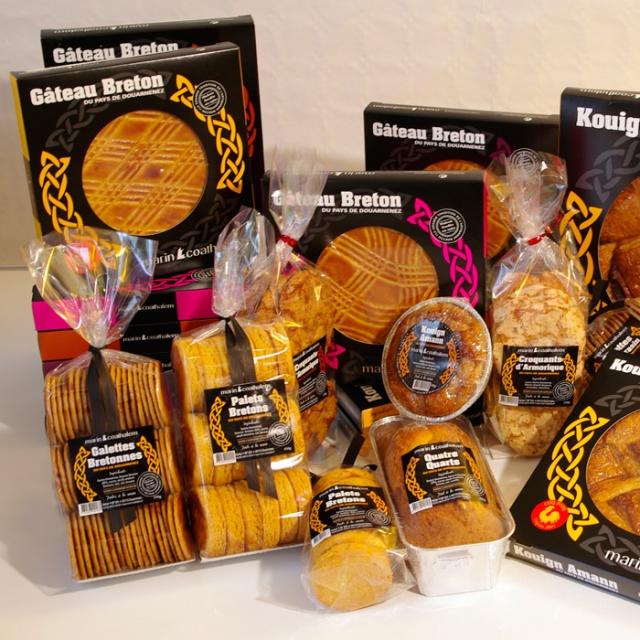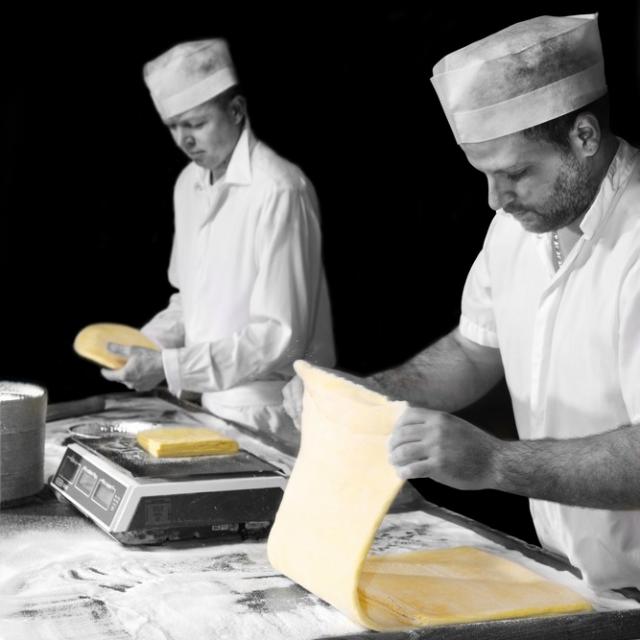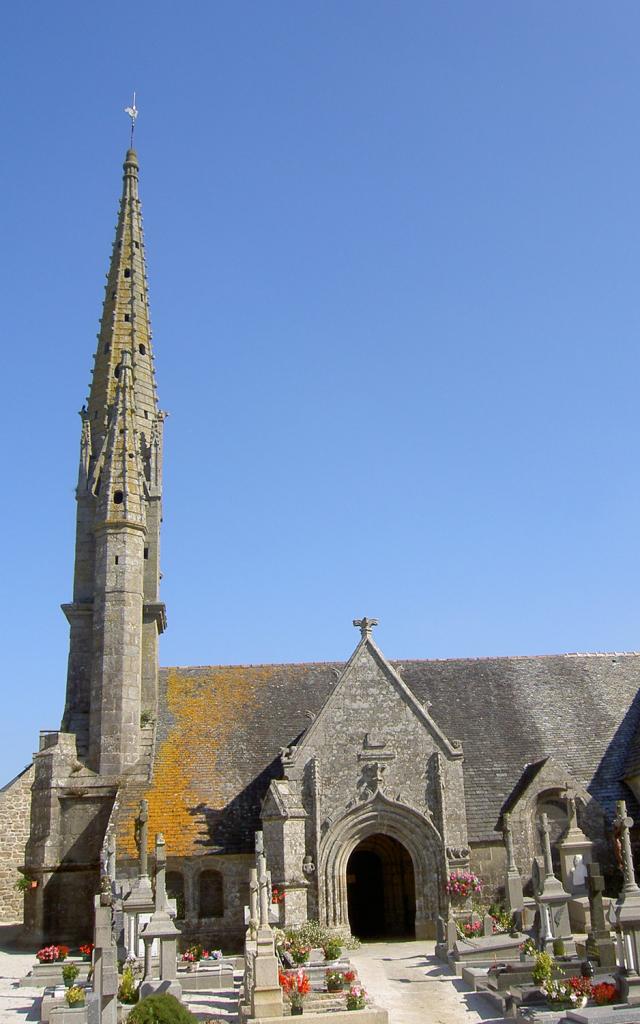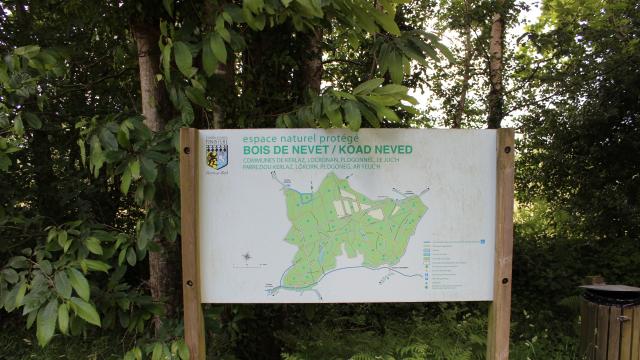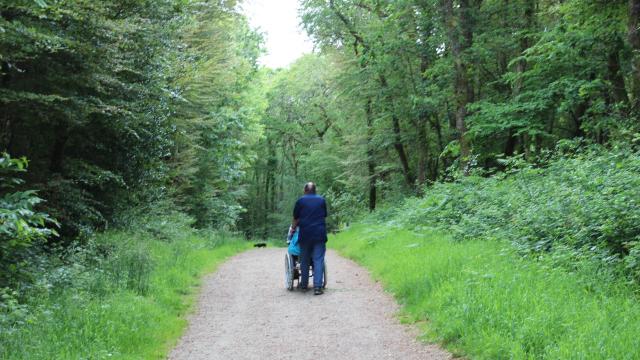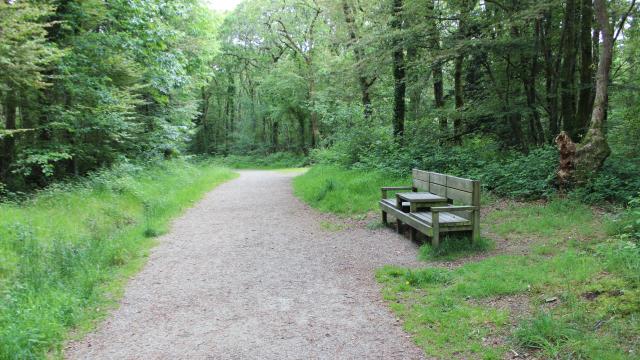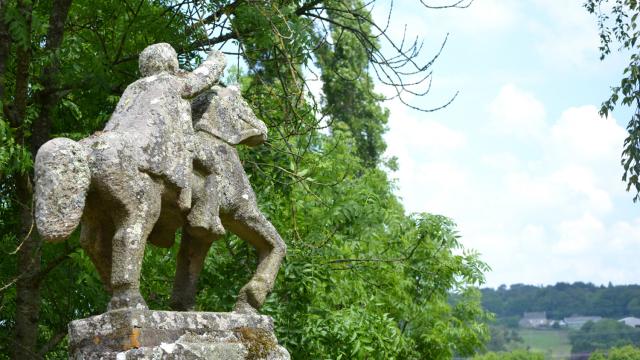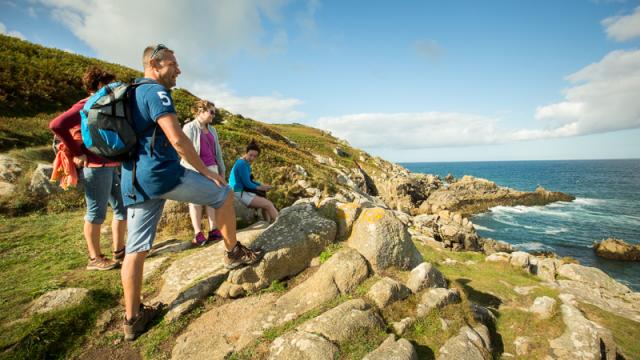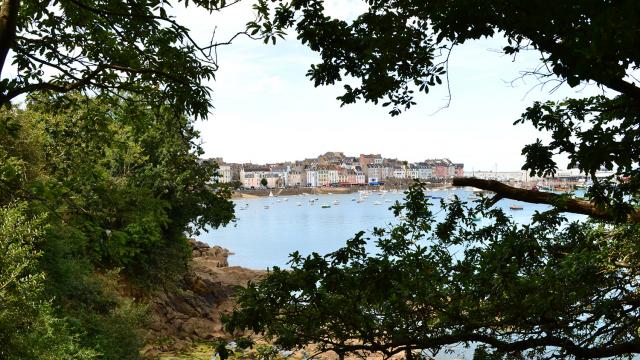A bit of history…
The first traces of human occupation date back to Neolithic times (around 3,000BC). Various objects have been found from this period, including axes of flint and polished stone.
The Gallo-Roman period also left its own traces, particularly several remains of salting vats. These vats would have been square or rectangular trenches whose sides were coated with a sort of cement made from crushed brick. They were used to create a condiment called ‘garum’ that was then exported. Near these vats, we have discovered foundation walls, roof tiles, shards of pottery and Roman coins from the 2nd and 3rd centuries.
Once part of Plonevez-Porzay, Kerlaz became its own parish in 1874 and a separate community in 1932.
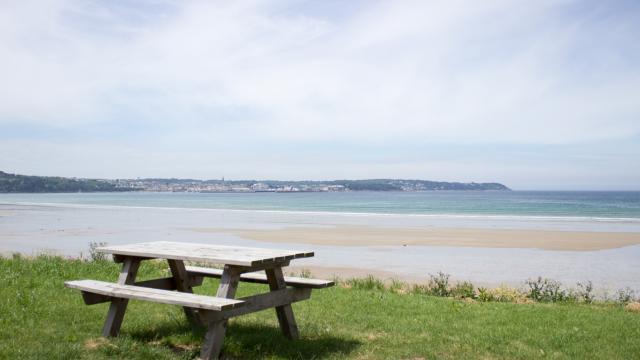 Kerlaz Plage De Trezmalaouen en Baie de Douarnenez
Kerlaz Plage De Trezmalaouen en Baie de Douarnenez

